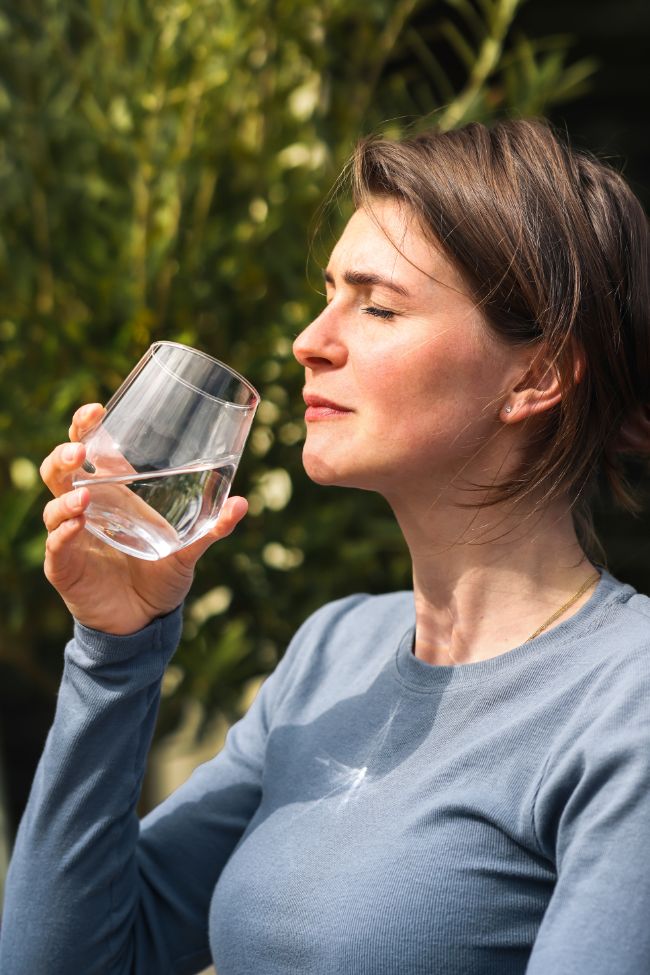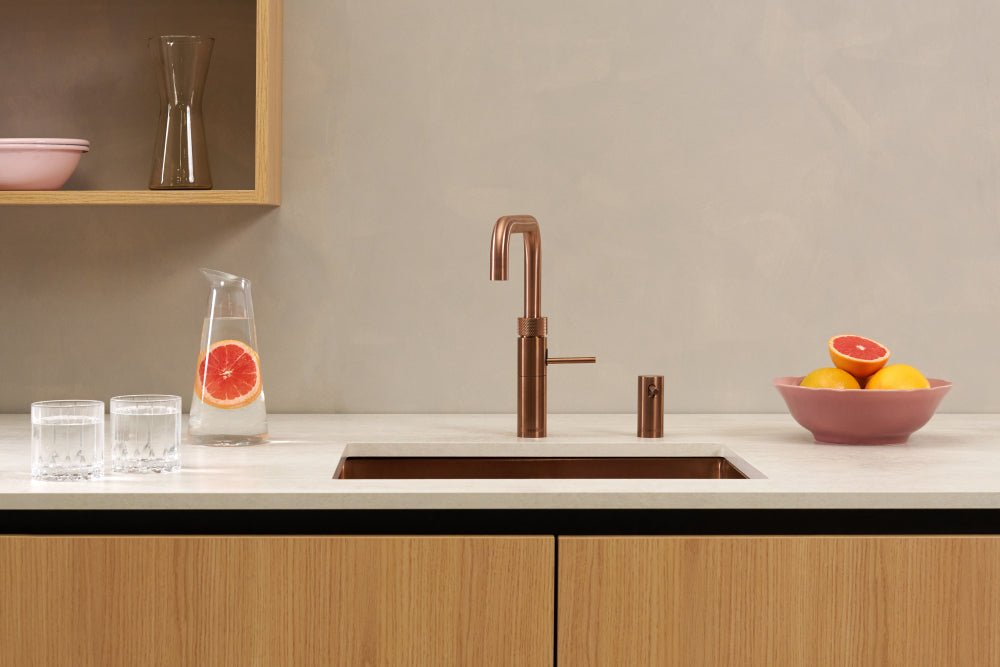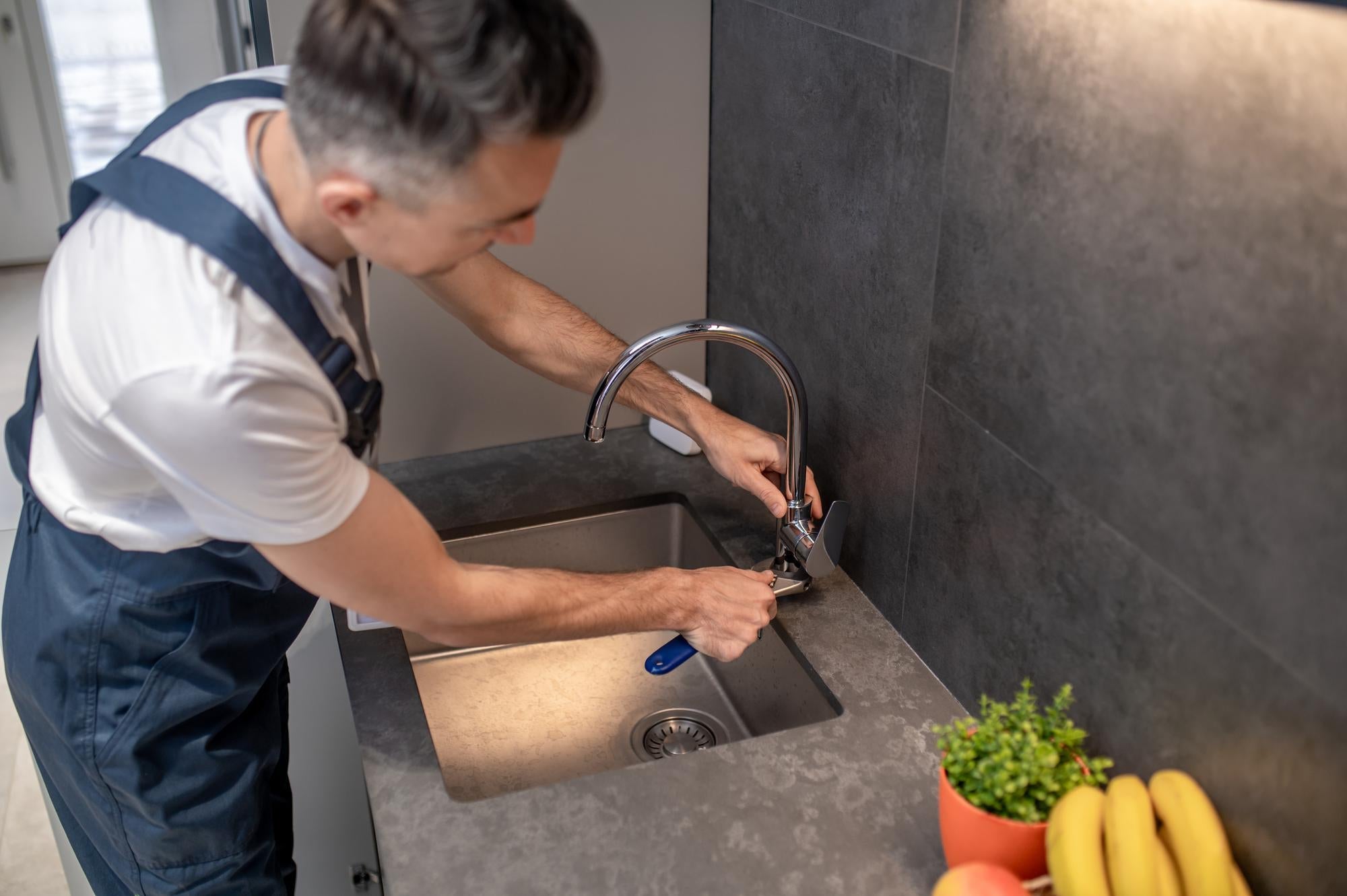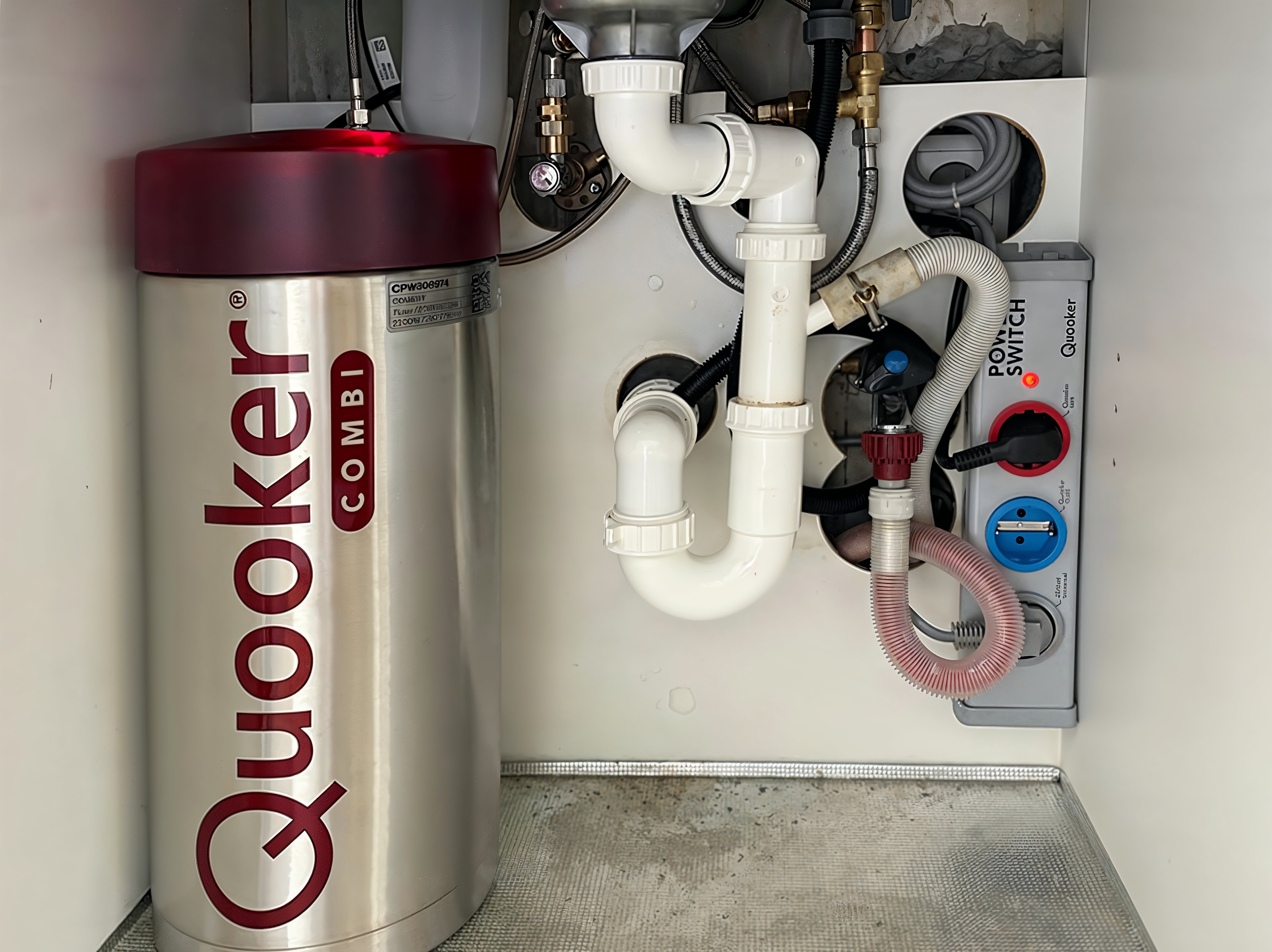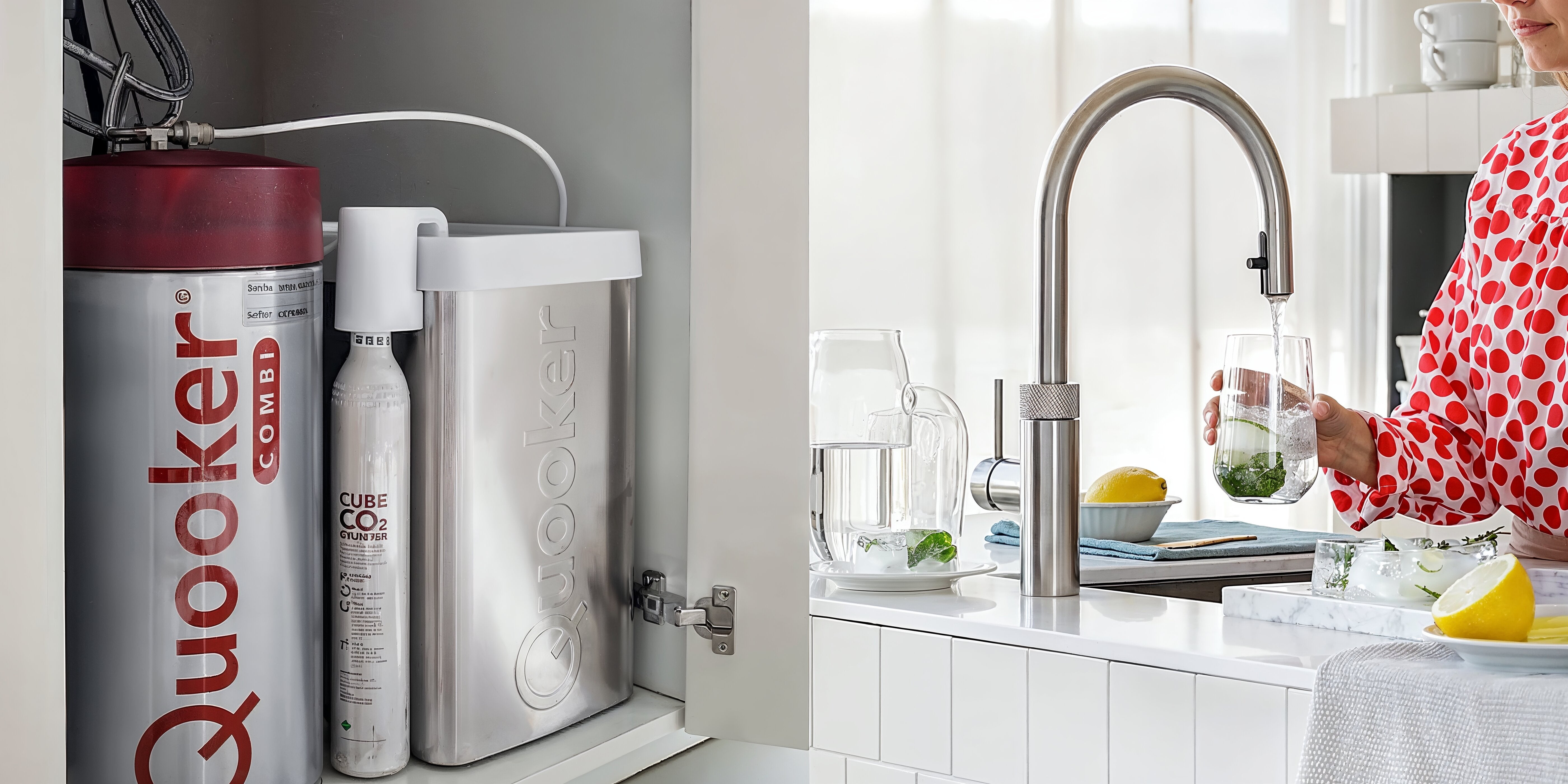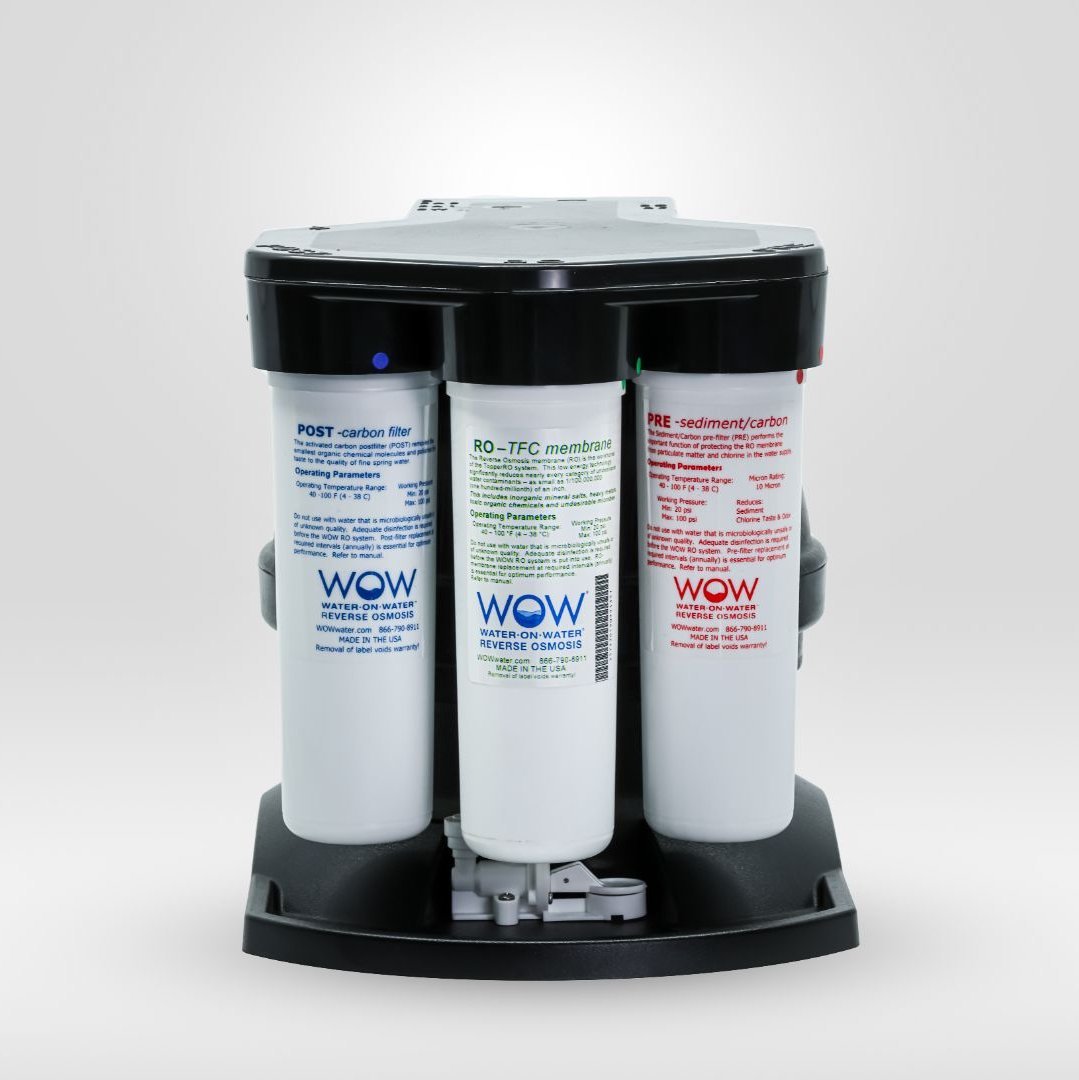A membrane in reverse osmosis systems typically lasts 2-3 years with normal use, but the actual lifespan depends heavily on several factors. With proper maintenance and optimal conditions, a quality membrane can last up to 5 years. Timely replacement ensures your water purification system continues to function optimally, allowing you to continue enjoying pure, high-quality water.
What factors influence the lifespan of an osmosis membrane?
The durability of a membrane in your water purification system is determined by several essential factors. Understanding these will help you maximize the lifespan of your reverse osmosis membrane.
The water quality entering the system has a significant impact. Hard water with a high lime content can lead to faster fouling and clogging of the membrane. The presence of chlorine in the water can also damage the membrane, as most membranes are not resistant to this substance. That's why the pre-filter (sediment filter) in systems like The Source is so important – it removes larger particles and organic contamination, significantly extending the membrane's lifespan.
Frequency of use also plays a role. Systems used intensively every day will require replacement sooner than systems used less frequently. During intensive use, the diaphragm can be under constant pressure, leading to faster wear.
Regular maintenance is crucial for a longer lifespan. This includes regularly replacing the pre-filters that protect the membrane. We recommend replacing filters annually to ensure optimal performance and extend the life of the membrane.
System pressure is another important factor. Excessive water pressure can damage the membrane, while too little pressure can lead to inefficient filtration. Most water filter systems are designed to operate within a specific pressure range.
Finally, the ambient temperature affects the membrane's function and lifespan. Extreme temperatures can damage the membrane's structure and lead to reduced performance.
How do you recognize a worn membrane in your water purifier?
Early detection of a worn membrane is essential for ensuring the quality of your drinking water. There are several signs that indicate your reverse osmosis membrane needs replacing.
Reduced water flow is often the first sign that something is wrong. If you notice less water coming from your clean water faucet than before, this could indicate a clogged or worn diaphragm. This can happen gradually, so pay attention to changes in flow rate over time.
A change in the taste of your water is another clear sign. If your water suddenly tastes different or has an unpleasant odor, the membrane may no longer be functioning optimally. Pure water should taste fresh and neutral—any deviation from this can be a warning sign.
Higher TDS (Total Dissolved Solids) levels are a technical but reliable indicator. A TDS meter allows you to measure the amount of dissolved solids in your water. An increase in these levels indicates that the membrane is no longer filtering effectively. Our systems, such as The Source, include a water meter so you can easily check this.
Finally, visible damage to the membrane, such as cracks or discoloration, can be clear signs that replacement is necessary. When opening your system for maintenance, you can visually inspect the membrane for such damage.
How much does it cost to replace a membrane in an osmosis system?
When considering membrane replacement, it's important to consider both the immediate costs and the long-term benefits. Investing in a new membrane ensures consistently clean water.
The price range for membranes varies depending on the type and quality. For residential reverse osmosis systems like our The Source, the cost of a replacement membrane typically ranges from €70 to €150. Premium membranes with longer lifespans or specific filtration features may be at the higher end of this price range, but often offer better performance and durability.
There's a clear difference between professional replacement and DIY installation. If you choose professional installation, there are additional labor costs, usually between €50 and €100 depending on the complexity of your system. The advantage is that you're assured of proper installation and often have a warranty on the work.
Replacing it yourself is more cost-effective but requires some technical skill. Fortunately, modern reverse osmosis systems like those from PureAqua are designed for easy maintenance. With clear instructions, you can often replace the membrane in 30 minutes without any special tools.
Remember that regularly replacing the membrane not only ensures water quality but also improves the efficiency of the entire system. A worn membrane can lead to increased water consumption and less effective filtration, which can be costly in the long run.
At PureAqua, we offer not only high-quality replacement membranes but also clear instructions for self-installation and professional support when needed. This ensures you can always enjoy the purest water from your reverse osmosis system.
